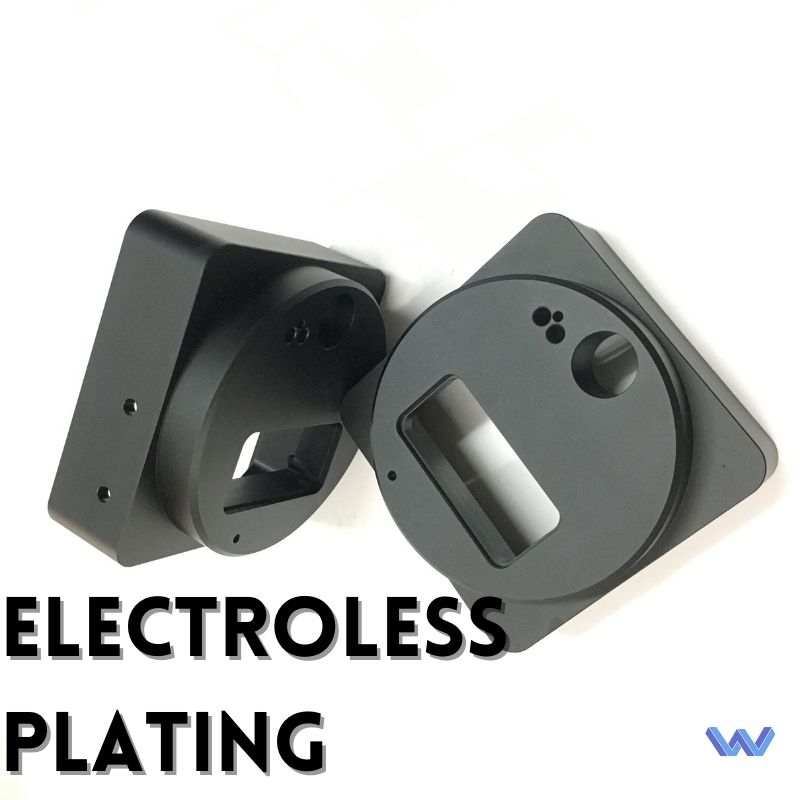Electroless plating is a type of chemical plating process that is commonly used in the manufacturing industry. It is a process in which a metal substrate is coated with a thin layer of another metal or alloy without the need for an external electrical power source. Unlike electroplating, which requires an external power source to initiate the plating process, electroless plating relies on a chemical reaction between the substrate and the plating solution.
Electroless plating is often used in CNC machining to achieve a high-quality surface finish on metal parts. This process is particularly useful for parts with complex geometries or internal cavities that are difficult to coat using traditional electroplating methods. By using electroless plating, manufacturers can produce parts with a uniform coating thickness and excellent corrosion resistance.
In CNC machining, electroless plating can be used to produce a variety of coatings, including nickel, copper, gold, and silver. Each coating offers different properties and benefits, depending on the application. For example, nickel coatings are often used to improve wear resistance, while copper coatings are used for electrical conductivity.
Overall, electroless plating is a versatile and effective method for producing high-quality metal surface finish coatings in CNC machining. Its ability to coat complex geometries and internal cavities makes it a popular choice for a wide range of manufacturing applications.


